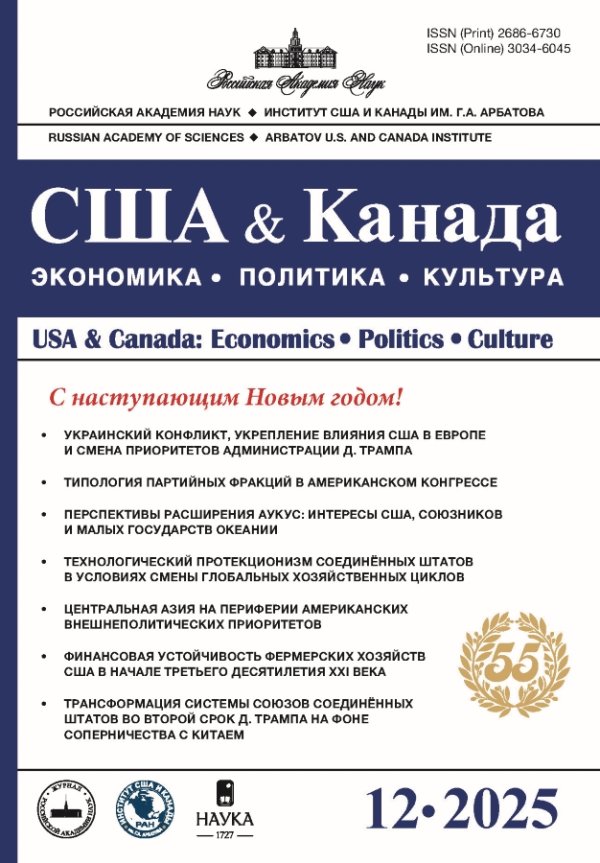The Indo-Pacific in US foreign policy planning
- Authors: Boldyrev V.E.1
-
Affiliations:
- Institute of History, Archeology and Ethnography of Peoples of Far East, Far Eastern Branch of Russian Academy of Sciences
- Issue: No 3 (2023)
- Pages: 47-62
- Section: Globalization
- URL: https://journals.rcsi.science/2686-6730/article/view/144792
- DOI: https://doi.org/10.31857/S2686673023030045
- EDN: https://elibrary.ru/HAUWAI
- ID: 144792
Cite item
Full Text
Abstract
Keywords
About the authors
Vitalii E. Boldyrev
Institute of History, Archeology and Ethnography of Peoples of Far East, Far Eastern Branch of Russian Academy of Sciences
Email: boldyrev89@list.ru
Vladivostok, Russian Federation
References
- Banerjee S. 2020. US Retrenchment on Stability of the Gulf Region. Journal of Asian Economic Integration. Vol. 2. No. 2. P. 221-239. doi: 10.1177/2631684620940478
- Friedman J.A. 2022. Is US grand strategy dead? The political foundations of deep engagement after Donald Trump.International Affairs. Vol. 98. No. 4. P. 1289-1305. doi: 10.1093/ia/iiac112
- Halperin M., Clapp P. 2006. Bureaucratic Politics and Foreign Policy. Washington D.C.: The Brookings Institution. 400 p.
- Mann J. 2012. The Obamians. The Struggle Inside the White House to Redefine American Power. New York: Penguin Books. 392 p.
- Nye J.S., Jr. 2022. How no to deal with a rising China: A US perspective.International Affairs. Vol. 98. No. 5. P. 1635-1651. doi: 10.1093/ia/iiac117
- Vijayalakshmi K.P. 2018. India - U.S. Strategic Partnership: Shifting American Perspectives on Engaging India.International Studies. Vol. 54. No. 1-4. P. 42-61. doi: 10.1177/0020881718791403
Supplementary files










